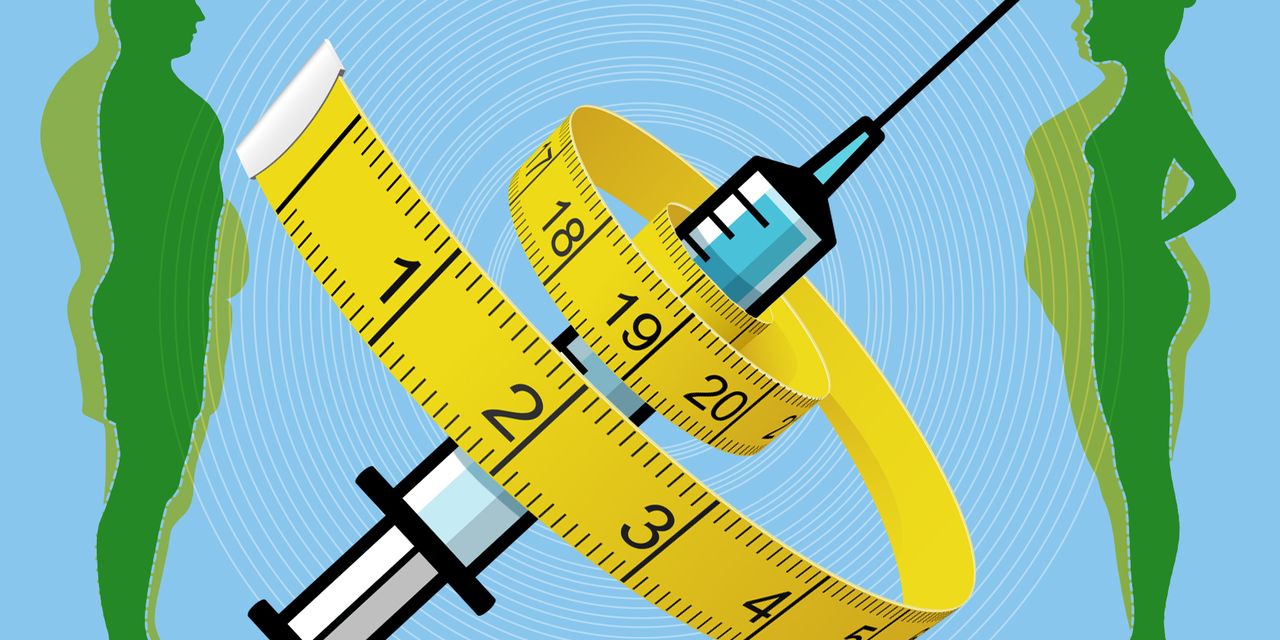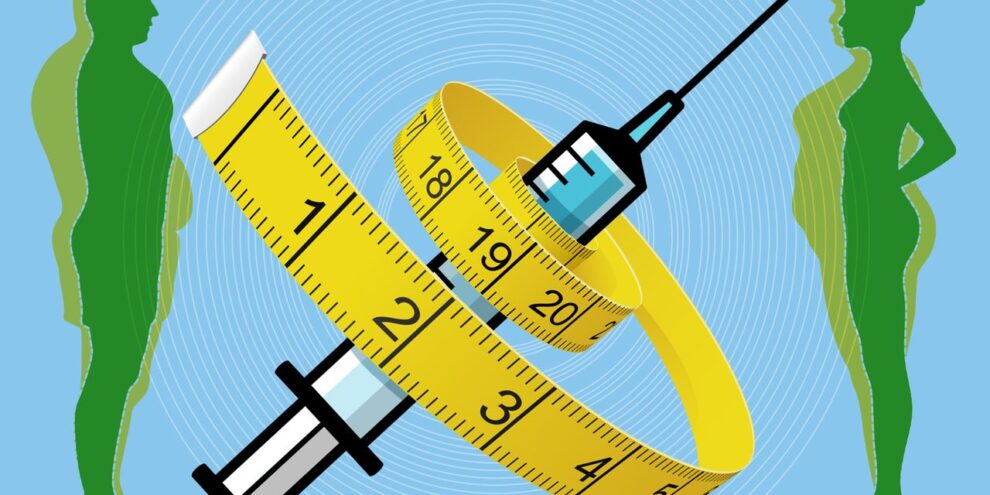
Weight Watchers is buying a telehealth provider that prescribes sought-after weight-management and diabetes drugs in a deal that reinforces how a new class of therapies has revolutionized the way many Americans think about weight loss.
WW International Inc. WW, +79.07% announced Monday night that it’s spending $132 million to buy Weekend Health Inc., a privately held company that operates a telehealth platform called Sequence that is focused on weight management.
“Weight loss isn’t ‘one size fits all,’” WW CEO Sima Sistani told investors during the earnings call, “and we remain committed to bringing scalable, science-based solutions to all weight-management pathways, whether medications are part of an individual’s journey or not.”
Sequence’s business model focuses on one thing: prescribing new drugs called glucagon-like peptide-1s, or GLP-1s, which are approved to treat Type 2 diabetes or obesity, with telehealth support from dietitians, fitness coaches and clinicians. Customers pay $99 a month, in addition to the cost of medications and health insurance. WW plans to pair Sequence’s offering with the traditional Weight Watchers toolset: nutrition and behavioral science and community meetings.
Despite profoundly lackluster results in the fourth quarter, and stalled subscriber growth, WW’s shares soared on the news that the company is entering the GLP-1 market. The stock was up about 40% in trading on Tuesday.
Wall Street likes the deal for the most part. There’s “potential for the addition of Sequence to help to catapult WW into a new, rapidly emerging area within health and weight loss,” according to Oppenheimer’s Brian Nagel. UBS Securities analysts estimate that getting 10% of WW’s 4 million members in the first quarter to sign up for Sequence for 10 months would produce an additional $400 million in revenue.
“This is a significant change in the business,” they wrote. “While the deal could bring considerable upside, it also carries sizable risks.”
There are three GLP-1s on the market right now — Novo Nordisk’s NVO, -0.58% Ozempic for diabetes and Wegovy for weight management. (Ozempic and Wegovy are the same drug, though they were separately approved by the Food and Drug Administration based on separate clinical trials and applications.) Eli Lilly LLY, -2.61% has a similar pair of drugs: Mounjaro, approved for diabetes, and tirzepatide, which is expected to get FDA approval for weight management this year.
The drugs are hormones that help people recognize when they feel full.
Not only do these therapies have great data — Wegovy helped people lose about 15% of their body weight in clinical trials, for example — they also have a level of brand-name recognition that is unheard of for therapies that were first approved less than two years ago. Celebrities like the comedian Chelsea Handler and Twitter CEO Elon Musk have taken the drugs for weight loss; many others have been rumored to use them. To no surprise, the launches of these drugs have been beset by shortages as demand has surged. A Mounjaro shortage was reported Feb. 24, while Ozempic and Wegovy have both been in short supply, according to a database that tracks drug shortages in the U.S.
And now Weight Watchers, a stalwart amid the ebb and flow of American weight-loss trends from the Atkins diet to intermittent fasting, wants in on the action. The company has struggled to hold on to its footing in recent years amid the wellness boom and the pandemic. Its workforce has about 7,100 employees, as of Dec. 31. That’s far below the 52,000 workers it employed in 2008.
“This is right alongside our messaging,” Sistani said. “We’ve always been the science-backed solution. And, as we’ve noted, this is where the science has advanced. And I think that, again, when the science advances, so should we.”
WW’s stock is down 41.1% over the past year, while the broader S&P 500 index SPX, -1.53% has declined 4.9%.






